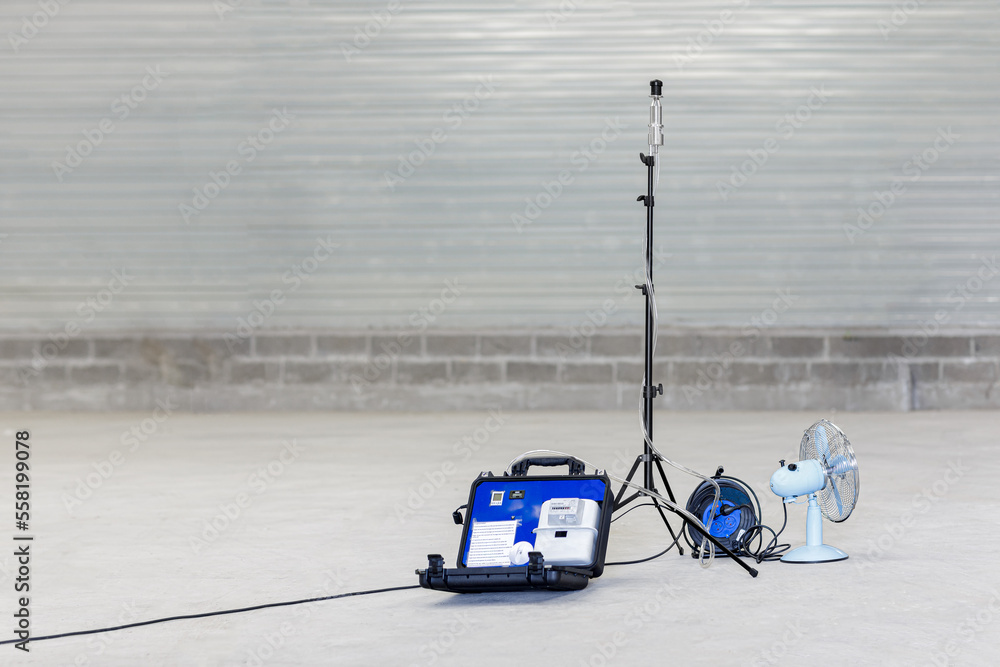Your Guide to Effective Asbestos Checking Procedures
Asbestos screening procedures are a vital element of guaranteeing the safety and security of interior settings, especially in older buildings where this harmful product might be existing. The possible wellness threats linked with asbestos exposure make it imperative to come close to screening with precision and thoroughness.
Recognizing Asbestos and Its Threats
Asbestos, a naturally occurring mineral known for its heat resistance and sturdiness, postures serious health and wellness risks when its fibers are inhaled or consumed. asbestos inspection. Direct exposure to asbestos can cause major wellness conditions such as lung asbestosis, cancer, and mesothelioma cancer. In spite of its advantageous buildings, asbestos has been widely outlawed in lots of countries as a result of the proven web link between asbestos exposure and these lethal diseases
When asbestos-containing materials are disrupted or harmed,The risk lies in the tiny fibers that can quickly become airborne. When breathed in, these fibers can come to be lodged in the lungs, creating swelling and scarring gradually. The latency duration in between direct exposure to asbestos and the development of associated conditions can cover a number of decades, making early detection and avoidance essential.
Asbestos was commonly utilized in construction products, insulation, and vehicle parts before its health and wellness dangers were totally recognized. Today, proper testing and removal of asbestos-containing products are vital to secure people from the risks connected with asbestos exposure.
Identifying Potential Asbestos Products
The identification of possible asbestos products is an important step in making certain the safety and security of individuals exposed to hazardous substances in numerous environments. Asbestos can be discovered in a large variety of structure materials, including yet not restricted to insulation, ceiling tiles, floor ceramic tiles, concrete sheets, and roofing shingles - asbestos testing cost. Identifying these materials accurately is necessary to effectively managing the dangers connected with asbestos exposure

In instances where visual examination is undetermined, samples of believed products can be gathered and sent out to approved research laboratories for testing. These labs employ specialized methods such as polarized light microscopy or transmission electron microscopy to precisely establish the presence of asbestos fibers in the samples. By following rigorous identification procedures, people can successfully alleviate the threats related to asbestos direct exposure.
Selecting the Right Screening Technique
Recognition of possible asbestos products plays a crucial duty in establishing the proper screening approach for exact asbestos fiber detection. There are two key techniques for asbestos testing: polarized light microscopy (PLM) and transmission electron microscopy (TEM) It is essential to seek advice from with certified asbestos screening professionals to establish the most appropriate technique for your particular screening needs.
Conducting Example Collection Securely
When gathering samples for asbestos testing, focusing on precaution is vermiculite removal vital to minimize prospective exposure dangers. Asbestos fibers are dangerous when disrupted, making it vital to follow correct safety and security procedures throughout example collection - testing asbestos near me. Prior to beginning the sampling process, make certain that you are furnished with personal safety devices (PPE) such as disposable coveralls, safety glasses, masks, and handwear covers to stop inhalation or contact with asbestos fibers
It is vital to damp the sampling location making use of a mild haze of water to avoid the fibers from becoming airborne during collection. When accumulating samples and stay clear of aggressive scratching or drilling that might launch asbestos fibers right into the air, Usage caution. Rather, meticulously cut a small piece of the material making use of proper devices and place it into a sealed container for evaluation by a certified laboratory.
Furthermore, labeling each sample with in-depth information relating to the tasting location, collector, and day's name is crucial for exact record-keeping and evaluation. By following these safety guidelines, you can conduct sample collection our website for asbestos testing efficiently while reducing the threat of direct exposure.
Analyzing Examination Results and Following Actions

Verdict
Finally, reliable asbestos screening treatments are important in recognizing and managing prospective wellness risks connected with asbestos direct exposure. By understanding the threats moved here of asbestos, determining possible materials, picking the ideal testing method, carrying out sample collection securely, and interpreting test results precisely, organizations and people can take the necessary steps to safeguard themselves and others from the hazardous results of asbestos. It is essential to prioritize safety and security and appropriate screening procedures to guarantee a healthy and balanced environment for all.

Recognition of possible asbestos materials plays an important function in establishing the appropriate testing approach for precise asbestos fiber discovery. The examination results will show the existence or lack of asbestos, the kind of asbestos fibers existing, and the concentration degrees.In conclusion, efficient asbestos screening procedures are important in determining and taking care of potential health risks connected with asbestos exposure. By understanding the risks of asbestos, recognizing prospective products, selecting the best screening method, conducting sample collection securely, and translating examination results precisely, companies and people can take the needed actions to secure themselves and others from the hazardous impacts of asbestos.